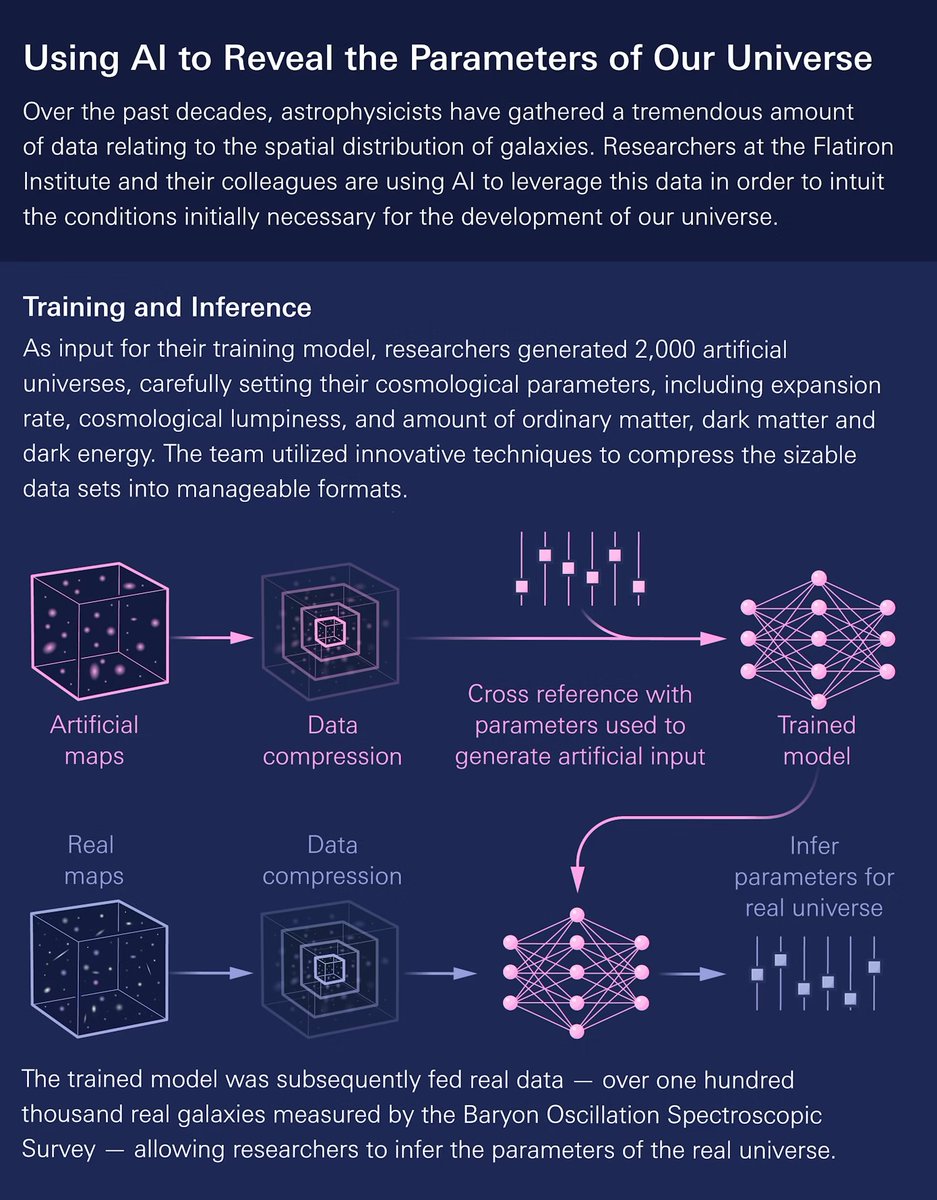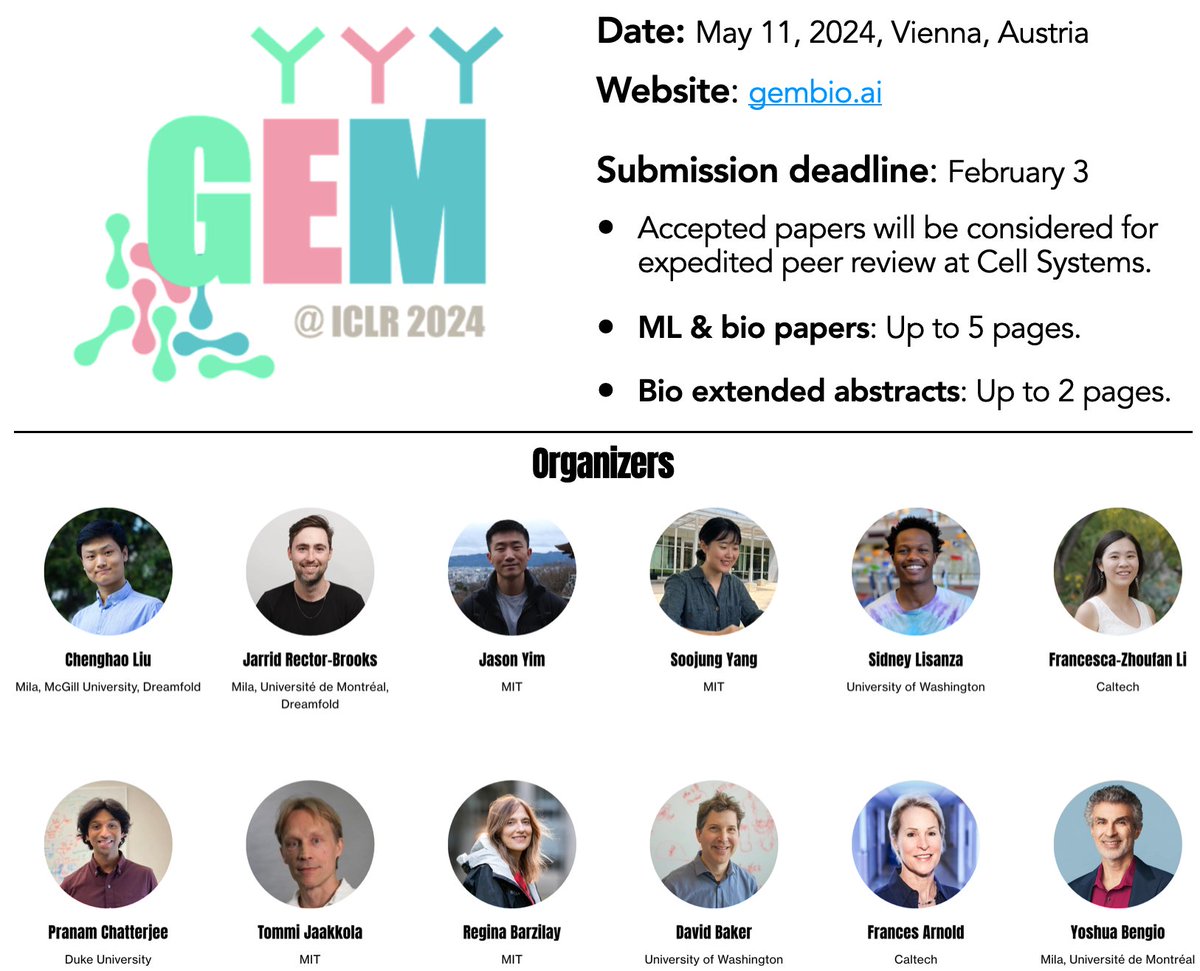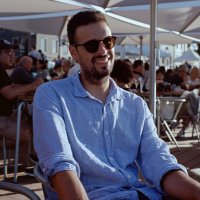
Pablo Lemos
@pablolemosp
Research in ML for drug discovery at SandboxAQ. Previously worked in ML research @ DreamFold & MILA. Before that, ML4Astro @ Sussex, UCL. Ph.D. from Cambridge
ID: 1277284713615495168
https://pablo-lemos.github.io 28-06-2020 16:56:30
134 Tweet
397 Followers
277 Following

I am at NeurIPS Conference. Message me if you want to chat about sampling, generative models, and ML4Astro/Science! 🪐💻


Last November, we organized a workshop at Mila - Institut québécois d'IA on GFlowNets. All the videos are now available online. If you want to learn more about GFlowNets and their applications, check out this blog post: mila.quebec/en/gflownets_a…




No data? No problem🚀! Introducing iDEM a new method to sample from Boltzmann distributions. arXiv: arxiv.org/abs/2402.06121 co-led with Tara Akhound Sadegh, Jarrid Rector-Brooks and amazing collaborators: Sarthak Mittal Pablo Lemos Chenghao Liu Marcin Sendera Siamak Ravanbaksh Yoshua Bengio






We are thrilled to announce FoldFlow-2: our new SOTA protein structure generative model. w/ Guillaume Huguet James V @FatrasKilian Eric TL Pablo Lemos Riashat Islam Chenghao Liu Jarrid Rector-Brooks Tara Akhound Sadegh Michael Bronstein @ICLR2025 🇸🇬 Alex Tong Joey Bose 🪄 Blog post: dreamfold.ai/blog/foldflow-2

Introducing FoldFlow-2, a new SOTA sequence-conditioned protein generative model! work w/ Dreamfold James V @FatrasKilian Eric TL Pablo Lemos Riashat Islam Chenghao Liu Jarrid Rector-Brooks Tara Akhound Sadegh Michael Bronstein Alex Tong Joey Bose Arxiv: arxiv.org/abs/2405.20313 1/8 🧵


By extracting non-Gaussian cosmological information on galaxy clustering at non-linear scales, a framework for cosmic inference (SimBIG) provides precise constraints for testing cosmological models. ChangHoon Hahn Shirley Ho David Spergel et al.: nature.com/articles/s4155…
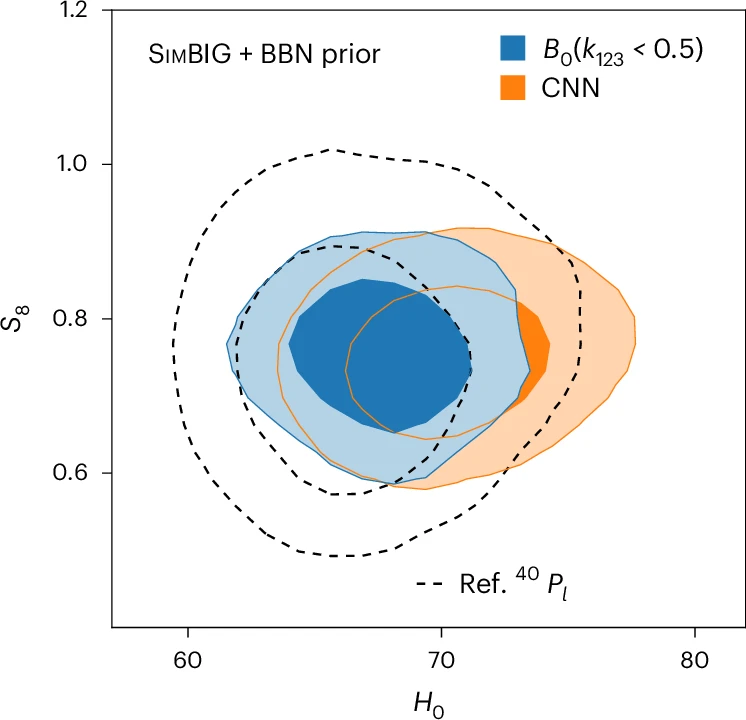

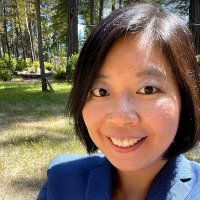
You heard all about AI accelerating simulations (maybe from me?), but do you know... How can AI tell you what is in the Universe? Our new series of work from #SimBIG team led by ChangHoon Hahn published recently by Nature Astronomy did just that! Interesting things we did:
